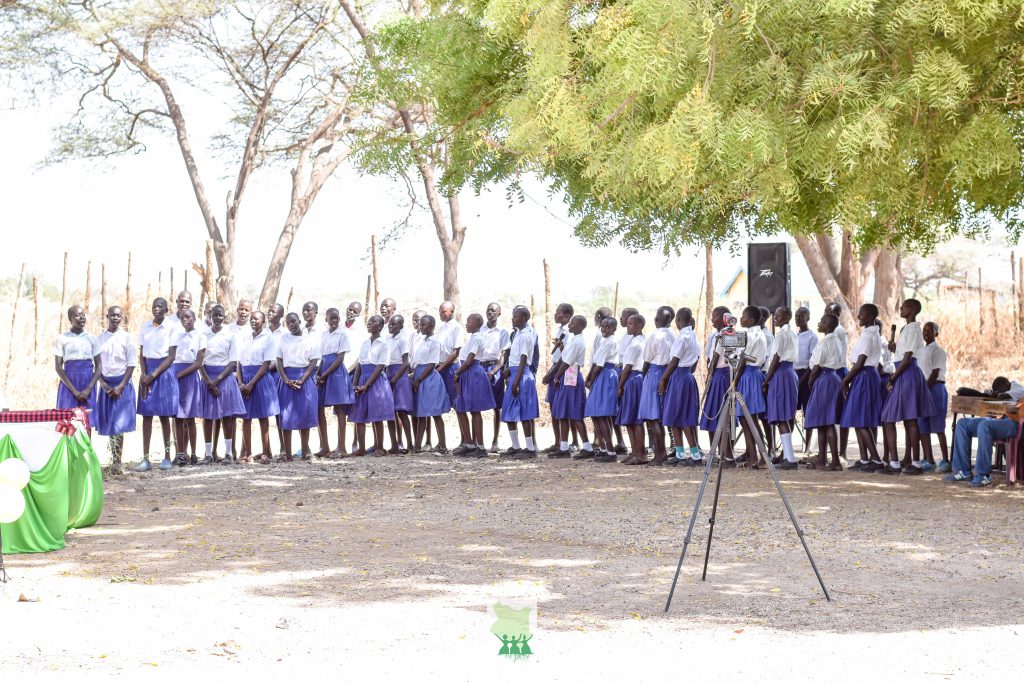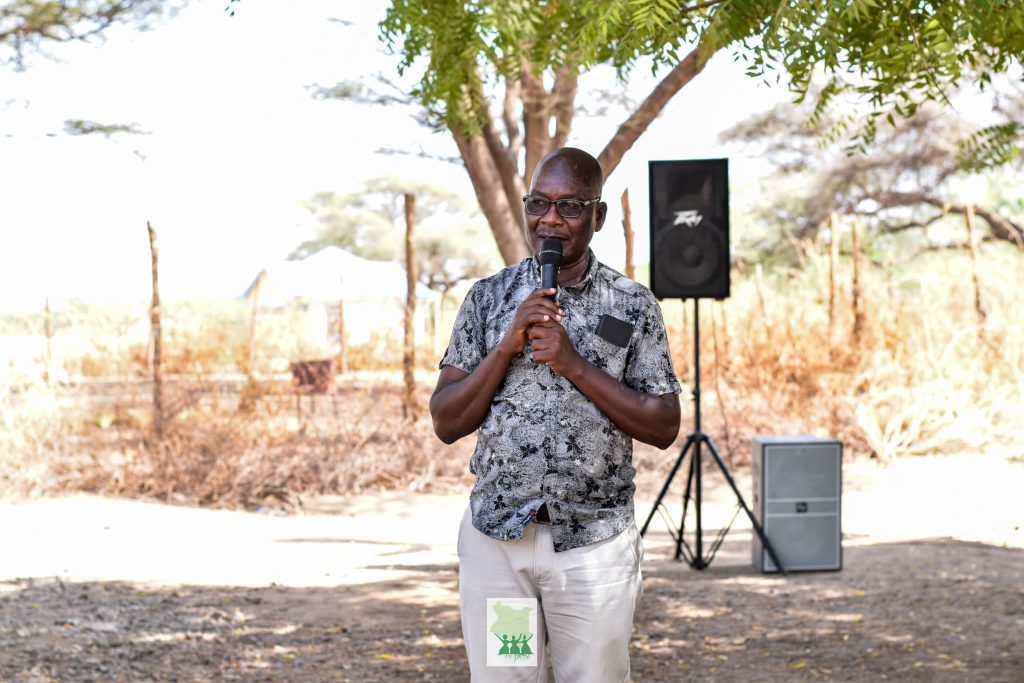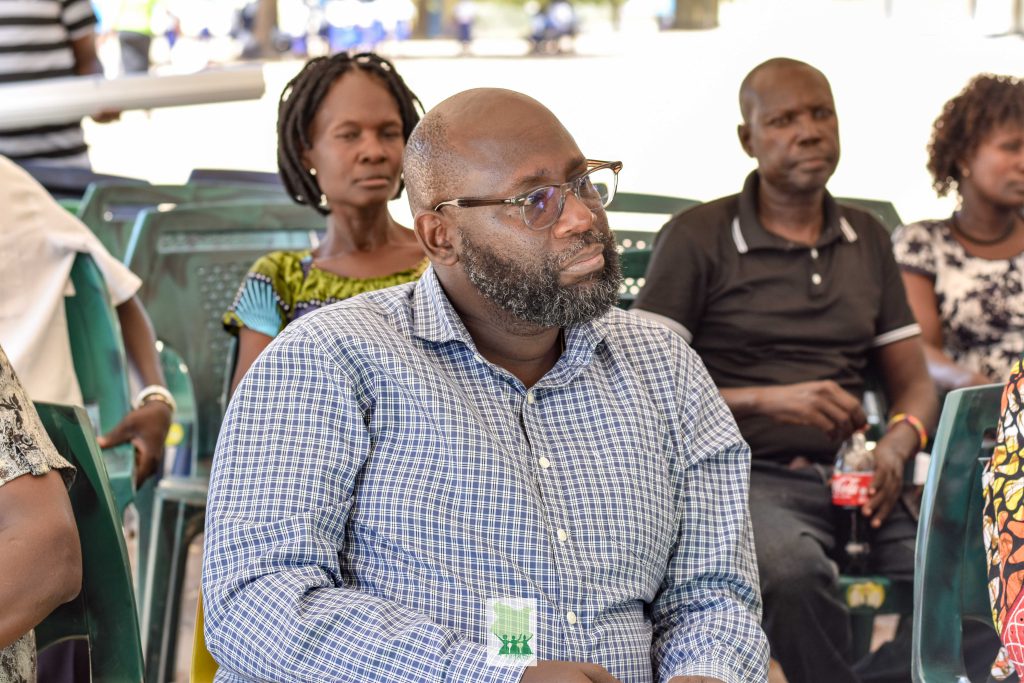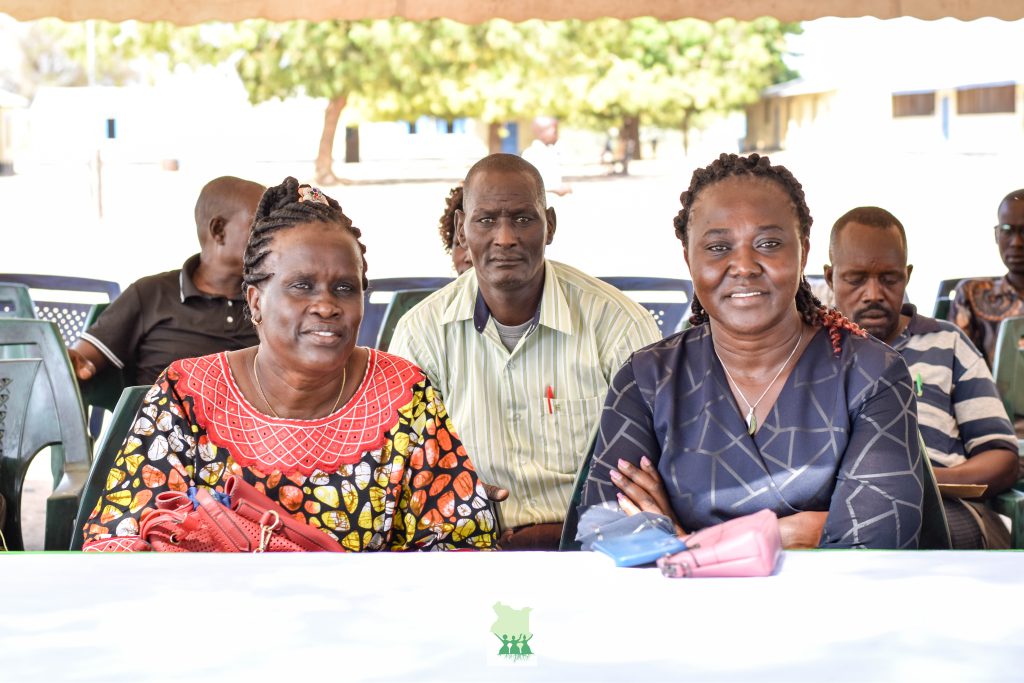WATER TOWERS OF TURKANA CENTRAL

Turkana is a county in northwestern Kenya known for its arid and semi-arid climate. Of all the resources entrusted to us, water is not ubiquitous. Bottled water retails twice the price for the same 500-ml bottle in Nairobi; We learnt this when we tried to purchase water from different local shops in Lodwar town.
The region experiences perennial drought, making accessing clean water and adequate sanitation difficult. Additionally, a report by the Kenya National Bureau of Statistics (KNBS) shows that Turkana is the poorest county and the most unequally devolved unit in Kenya. In recent years, efforts to improve the water and sanitation situation in the arid region have progressed.
Clean water access
The government of Kenya and international organisations have implemented programs to provide clean water to communities in the region, considering that only 40% of the population has access to clean water. Some of these initiatives include boreholes, rainwater harvesting systems, and water treatment plants.
These projects aim to ensure that people in Turkana access safe and clean drinking water.

Sanitation.
The lack of proper sanitation facilities contributes to the spread of diseases such as cholera and diarrhoea. Organisations exist that provide sanitation solutions, such as building pit latrines and promoting good hygiene practices.
Challenges
Despite these efforts, Turkana’s water and sanitation situation remains a challenge. Some of the obstacles faced include:
- Inadequate funding: Water projects are expensive to implement, and funds are limited.
- Inadequate infrastructure: In some areas, there is no road network, making it difficult to reach remote communities.
- Climate change has led to a decrease in water resources.
- Political instability: Political instability in the region makes it difficult to implement long-term solutions.
Compared to other semi-arid areas like Mwala constituency, where we recently launched a water project because the water table is high, finding a sustainable source of drinking water in Turkana was going to be an uphill task.
Early last year, Proudly Kenyan and NALSA-Kenya delved into a project that culminated in the construction of 50 toilets, two boreholes, and a shower system for the boarding section of the two schools: Lodwar Mixed Primary School and Loyo Primary School.
The two schools were selected for this project partially due to their significance to the Turkana people. Lodwar Mixed Primary School is the largest school in Turkana County. It is an integrated school, meaning it is home to both boarders and day scholars. Because of this, it can target pupils from all across the county, lower South Sudan, and refugees.
Loyo Primary School has an estimated student population of 1088, making it one of the institutions with the highest number of pupils in not only Turkana County but the wider northern Kenya region.
Both schools are pivotal learning centres which enable pupils, mostly from underprivileged families, to access education.

The situation
The new facilities come as an upgrade for a school that had one toilet facility serving 46 teachers. The World Health Organization (WHO) recommends a pupil-toilet ratio of 1:30 for boys and 1:25 for girls. Both schools exceed this limit. Loyo Primary has ten toilets for 300 girls and about the same number for 500 boys. Its 20 teachers got used to sharing only two facilities.
At the neighbouring Lodwar Mixed School, nothing is different, with over 600 girls using just four toilets. Students are forced to miss classes due to long queues at the few facilities available.
Launch
While addressing guests and students during the official project launch on January 26, 2023, the headteacher of Lodwar Mixed, Mr Reuben Lotiang, stated, “Enrolment shot up from 890 to 1800 students now that the school has running water.” In the recently announced KCPE examination, ten pupils from Lodwar Mixed joined national schools and produced the best student from a public school with 394 marks.
Those gathered at Loyo Primary erupted with thunderous cheers and applause after Mr Loitang’s counterpart, James Akoyo, revealed, “The project will also serve the neighbouring community, which shares in their suffering. The community is allowed to draw water from a dedicated watering point.”
Mr Akoyo further narrates how, when the school administration heard of the upcoming project, they took it with a pinch of salt; the news was like something meant to hoodwink the administrators into voting in the just concluded election. That was not the case.
A significant thing to note is no human labour is required to pump water in either school; solar panels powering the automatic water pumps go into duty whenever water levels fall.
According to the Proudly Kenyan Chairman, Paul Nguru, the Turkana project is magnanimous, as the organisation transcended limits unequivocally the biggest ever undertaking from the collaboration with NALSA (K).

Unity in Diversity
The launch of the twin projects in Turkana makes it clear: our unity as an organisation is in our diversity. For example, the project initiator, Rev. Mrs Lodepe, the former Turkana Central Representative and a lifetime NALSA (K) member, was flanked by the current area representative, Mrs Jeniffer Namuar, during the launch in a massive show of solidarity. The act speaks volumes about what we stand for as an organisation.
Mrs Lodepe stated in her speech, “Vile mmeona, hakuna ukulima huku, elimu ndio shamba yetu.” (As you see, there is nothing to farm here; for us, education is equivalent to owning land.) Education is the ultimate escape from abject poverty. She further urged the students to focus on school to free themselves from the shackles of their environment.
The area representative, Mrs Namuar, narrated how the water problem is an Achilles heel to the community. She requested the Proudly Kenyan team consider other schools, such as Kalemungorok Primary, having water shortages. After her address to guests and pupils, Mrs Namuar distributed 125 sanitary towels to girls enrolled in the two schools, with 4875 more planned for distribution later.

Conclusion
The water and sanitation situation in Turkana is a challenge, but progress is visible through various initiatives. Step by step, well-wishers can facilitate access to areas where it is possible to drill boreholes. These small steps will eventually lead to accessing remote places and providing water. Moreover, water catchment systems will be crucial for semi-arid areas with seasonal streams.
Like colossal skyscrapers, the two water towers in Lodwar Mixed and Loyo Primary stand erect in the Turkana terrain, a beacon of hope for what more is to come.

Post By Anyanzwa Brian
Photography by Julia Laval
